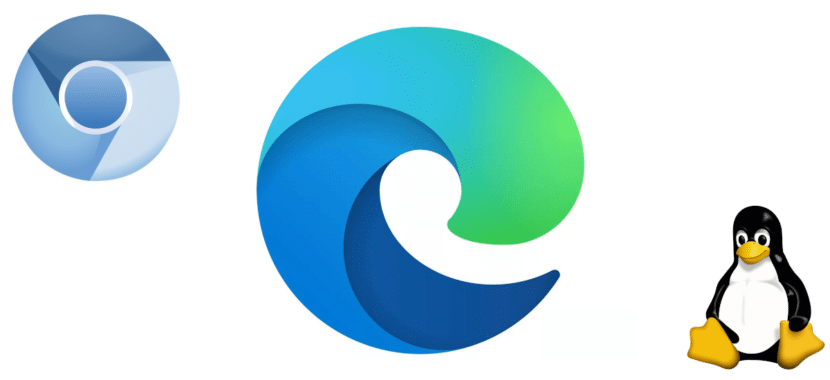

That’s it, now you would be able to autofill passwords from KeePass in Microsoft Edge browser in Linux. My comments: + First, I can't sync with my Microsoft account. One day, I heard the news that Edge dev supports it, I downloaded it. If all goes well, you would be able to see a screen similar to the one shown below. I've just switched to Linux (which is Lubuntu), after a long time with Windows 10 to try new things.I used to use Chrome in my Linux because I don't think Edge Chromium supports it. In the above path, replace “ ar” with your user id and “ microsoft-edge-dev” with “ microsoft-edge-beta“, if you are using the beta version of the browser.Īs a next step, click the plugin icon in the browser and create a connection between the browser and KeePassXC application.

In my machine ( Kubuntu), the path is “ /home/ar/.config/microsoft-edge-dev/NativeMessagingHosts/“. Select “Chromium” as browser type in the Config Location, provide the config path for Edge.


Write this command, sudo leafpad /usr/share/applications/sktop and follow the Step 3 discussed previously Now, where-ever you find Exec, add the following line of code -password-store=basic with the rest of the lineįinally, save the file (File -> Save or Ctrl+S), launch Google Chrome again, you will not see the keyring pop-up anymore :) Here you have to search for the keyword Exec, (Search menu -> Find or Ctrl+F) Write this command, sudo leafpad /usr/share/applications/sktopĪfter running this command, a text file will open, as you can see in this image To install leafpad, write this command in your terminal sudo apt-get install leafpad I am going to use leafpad text editor, you can use any other editor as your wish. In this article, we are going to discuss, how we can easily solve this issue It has been noticed that, Google Chrome and some other Chrome Engine based browsers such as Chromium, Microsoft Edge (Dev), etc are asking the password to unlock the keyring every time they have launched


 0 kommentar(er)
0 kommentar(er)
